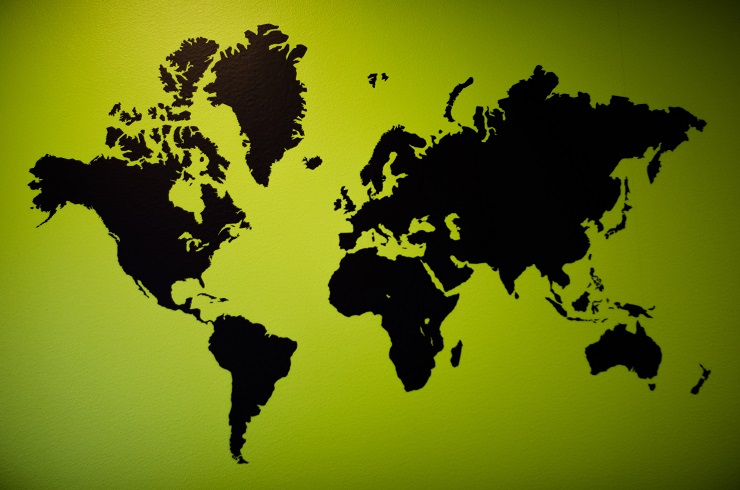
Product Range and Offers
Find out if your entire product range can be sold in all countries. There are usually rules for agency, rights to motives and so on that limits where the products can be sold.
Are parts of your product range illegal in any country?
Are parts of your product range unsuitable or unethical in any country?
One or more of these things usually leads to an adjusted product range.
Depending on how well-known different brands are in a certain country, you might want to structure the product range differently to highlight the popular parts.
Are all your offers suitable in all countries? Is Christmas and New Year celebrated at the same time? The bathing season in Australia is not the same as in Europe. Spring is earlier in Spain than in Sweden. Some campaigns can be the same but at different time of the year.
Consider if images contain texts, prices and currency, in that case, they will need to be localized.
Prizing
There are different ways to handle prizing in different countries, should it be based on one country or set per country?
Think about how currency changes should affect the customer price. Should it generate new prices?
The VAT is different in different markets and product groups. There is for example no VAT on children’s wear in some countries, but not Sweden.
Have in mind that the VAT probably will change when you reach the limit for VAT registration.
Create a method for how you switch VAT in a market for VAT registration. And how it should affect the customer price, should it change once you become VAT registered.
Decide which currencies you should use. Do you want to charge in the customer’s currency or just provide an estimated price?
Payments
It is often important to offer local payment options. For example bank payments in Germany and DAN card in Denmark.
Our experience is that it is hard to find global or European solutions that are optimal in every country. Therefor it is probably necessary to integrate several payment solutions. Invoice is popular, but unfortunately difficult in several countries.
Think about how every payment option should be credited in every country. This can be very expensive and time consuming otherwise.
Have in mind that the risk of fraud at an international site is higher. Decide if cards from the entire world should be accepted, or if you can narrow it down to certain ones. Which amounts should be accepted? Decide which patterns that should be accepted for an order and payment.
Next Part
I will focus on delivery options, delivery fees and customs when operating in several markets in the next article on Internationalization.
